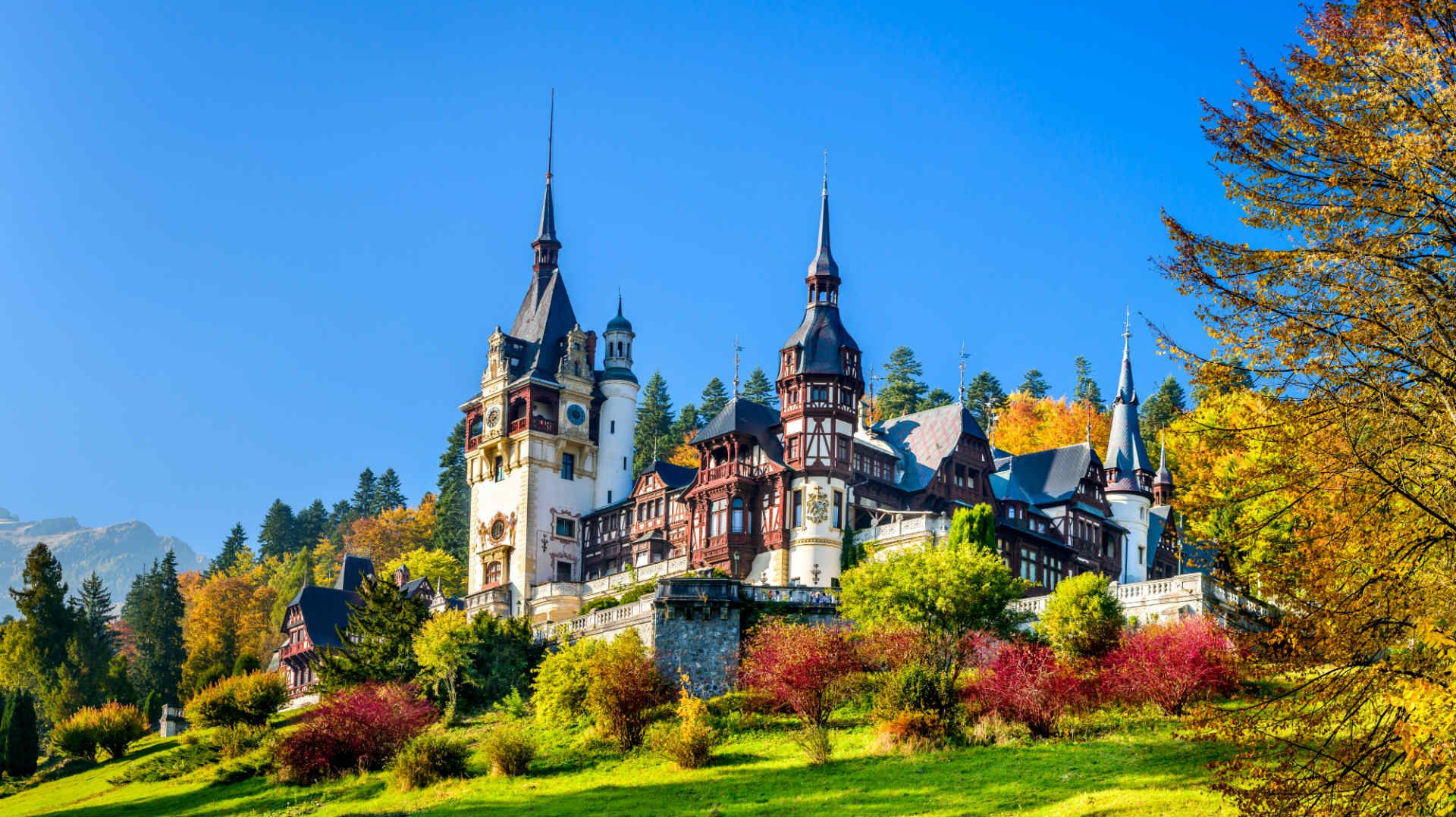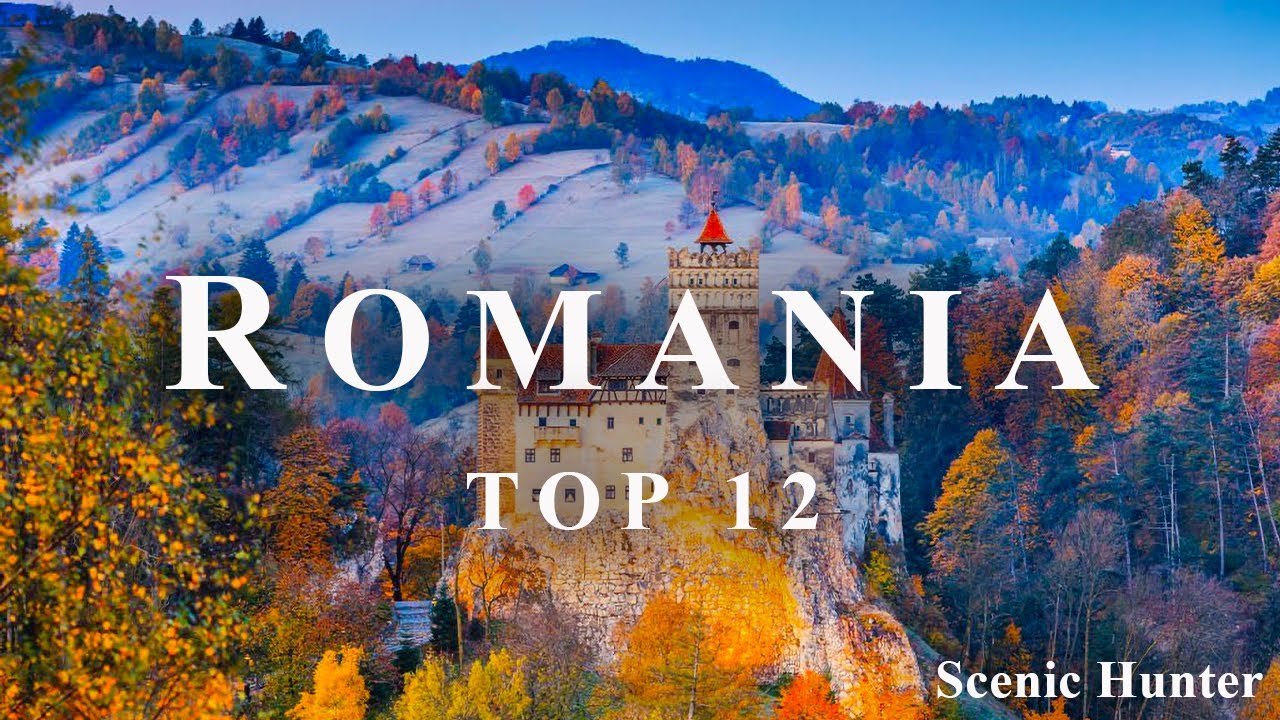
Romania, a land where ancient castles whisper tales of vampires and medieval kings, where the Carpathian Mountains cradle pristine wilderness, and where vibrant cities pulse with modern energy, beckons the adventurous traveler. It’s a country that defies easy categorization, offering a rich tapestry of history, culture, and breathtaking natural landscapes. Whether you’re drawn by the allure of Transylvania’s mythic charm, the artistic soul of Bucharest, or the serene beauty of the Maramureș region, Romania promises an unforgettable journey.
This comprehensive guide will equip you with everything you need to plan your adventure to this captivating Eastern European gem.
A Glimpse into Romania’s Storied Past

Related Articles about Romania: A Journey Through Time, Legend, and Untamed Beauty:
- Lombok: Beyond Bali’s Shadow, an Island of Enchantment and Adventure
- Unveiling the Magic of Mexico: Your Comprehensive Guide to an Unforgettable Adventure
- Kuala Lumpur: A Traveler’s Guide to the Dazzling Heart of Malaysia
- Oman: A Traveler’s Guide to the Jewel of Arabia
- Rome: An Eternal Journey Through History, Art, and La Dolce Vita
Romania’s history is as dramatic and multifaceted as its landscapes. The territory has been shaped by millennia of human settlement, from the ancient Dacians who fiercely resisted Roman conquest, to the Roman Empire itself, which left an indelible mark on the language and culture. Following the withdrawal of Roman legions, the region was a crossroads for migrating tribes, including the Goths, Huns, and Slavs.
The emergence of medieval principalities, notably Wallachia and Moldavia, saw the rise of legendary figures like Vlad the Impaler, whose fearsome reputation inspired Bram Stoker’s Dracula. The Ottoman Empire exerted considerable influence for centuries, a period that shaped architecture and traditions. The 19th century witnessed the unification of Wallachia and Moldavia into the Kingdom of Romania, followed by a tumultuous 20th century marked by World Wars and a communist regime under Nicolae Ceaușescu. The Romanian Revolution of 1989 brought an end to communism, ushering in a new era of democracy and transformation. This rich historical mosaic is evident in its ancient fortresses, painted monasteries, and the resilience of its people.
Top Attractions: Where History and Beauty Converge
Romania boasts a diverse array of attractions catering to every interest:
1. Transylvania’s Enchanting Realm:
- Bran Castle: Perched dramatically on a cliff, this iconic castle is inextricably linked with the legend of Dracula. While its historical connection to Vlad the Impaler is debated, its gothic architecture and evocative atmosphere are undeniable. Explore its winding staircases, hidden passages, and enjoy panoramic views of the surrounding countryside.
- Peleș Castle (Sinaia): A masterpiece of Neo-Renaissance architecture, Peleș Castle was the summer residence of the Romanian royal family. Its opulent interiors, adorned with intricate wood carvings, stained glass, and priceless artworks, are a testament to a bygone era of grandeur.
- Sighișoara Citadel: A UNESCO World Heritage site, Sighișoara is one of the last inhabited medieval citadels in Europe. Wander through its cobblestone streets, admire the colorful medieval houses, and climb the Clock Tower for breathtaking views. This is also the birthplace of Vlad the Impaler.
- Brașov: Nestled at the foot of the Carpathian Mountains, Brașov is a charming medieval city with a vibrant atmosphere. Explore the Black Church, one of the largest Gothic churches in Eastern Europe, stroll along the pedestrianized Republicii Street, and take a cable car up to Mount Tâmpa for stunning city vistas.
- Sibiu: Another beautiful medieval city, Sibiu is renowned for its well-preserved Old Town, characterized by its distinctive houses with "eyes" (dormer windows). It boasts impressive squares, charming cafes, and a rich cultural heritage, having been a European Capital of Culture.

2. Bucharest: The "Little Paris" of the East:
- Palace of the Parliament: The second-largest administrative building in the world, this colossal structure is a stark reminder of Ceaușescu’s megalomania. Its sheer scale is awe-inspiring, and tours offer a glimpse into its opulent and controversial past.
- Old Town (Centrul Vechi): A labyrinth of cobblestone streets, historic buildings, and lively squares, Bucharest’s Old Town is a hub of activity. Discover charming restaurants, trendy bars, and a vibrant nightlife scene.
- Village Museum (Muzeul Satului): An open-air ethnographic museum showcasing traditional Romanian village life. Explore authentic peasant houses, churches, and windmills from various regions of the country, offering a fascinating insight into rural heritage.
- Herăstrău Park: A sprawling green oasis in the heart of the city, perfect for leisurely strolls, boat rides on the lake, and enjoying the fresh air.
3. Maramureș: A Land of Tradition and Wooden Churches:
- Wooden Churches of Maramureș: A UNESCO World Heritage site, these intricately carved wooden churches are unique architectural marvels. Each church boasts distinct styles and features, reflecting centuries of craftsmanship and devotion. The Bârsana Monastery is a particularly stunning example.
- Merry Cemetery (Cimitirul Vesel) in Săpânța: A truly unique and heartwarming attraction, this cemetery features brightly painted wooden crosses adorned with humorous and poetic epitaphs depicting the lives of the deceased. It offers a refreshing perspective on death and remembrance.
4. Bucovina: Land of Painted Monasteries:
- Painted Monasteries: UNESCO World Heritage sites, these monasteries are adorned with vibrant exterior frescoes depicting religious scenes, biblical stories, and historical events. Voroneț, Moldovița, Sucevița, Humor, and Arbore are among the most famous, each with its own distinct artistic style and color palette.
5. Danube Delta: Europe’s Wild Frontier:
- UNESCO Biosphere Reserve: The second-largest river delta in Europe, the Danube Delta is a haven for biodiversity. Explore its vast network of canals, lakes, and reed beds by boat, encountering an astonishing array of birdlife, fish, and other wildlife. It’s a paradise for nature lovers and birdwatchers.
Navigating Romania: Transportation and Travel Tips
Getting There:
- By Air: Romania is well-connected by air, with major international airports in Bucharest (OTP), Cluj-Napoca (CLJ), Timișoara (TSR), Iași (IAS), and Sibiu (SBZ). Numerous airlines offer flights from European cities and beyond.
- By Train: For those seeking a more scenic and perhaps budget-friendly option, trains connect Romania with neighboring countries. The national rail operator is Căile Ferate Române (CFR).
- By Car: If you’re embarking on a multi-country European road trip, driving into Romania is feasible. Be prepared for varying road conditions, especially in rural areas.
Getting Around Romania:
- Trains: CFR operates an extensive rail network, connecting major cities and towns. While generally reliable, journey times can sometimes be longer than anticipated. Booking tickets in advance, especially for popular routes, is recommended.
- Buses: An extensive network of intercity buses provides a more flexible and often more affordable way to travel between towns and villages. These are particularly useful for reaching smaller, less accessible locations.
- Car Rental: Renting a car offers the most freedom and flexibility, allowing you to explore at your own pace and venture off the beaten path. Roads are generally good, especially on main routes, but be prepared for slower travel in mountainous regions and smaller villages. Familiarize yourself with Romanian traffic laws and be aware of potential speed traps.
- Internal Flights: For longer distances, internal flights between major cities can save significant travel time.
Essential Travel Tips:
- Visa Requirements: Check the visa regulations for your nationality before traveling. Citizens of many EU countries, the US, Canada, and Australia can enter Romania visa-free for short stays.
- Currency: The official currency is the Romanian Leu (RON). Euros are widely accepted in tourist areas, but it’s advisable to carry some local currency for smaller purchases and in less touristy regions. ATMs are readily available in cities.
- Language: The official language is Romanian, a Romance language with Latin roots. While English is increasingly spoken in tourist areas, especially by younger generations, learning a few basic Romanian phrases will be greatly appreciated.
- Safety: Romania is generally a safe country for tourists. However, like in any destination, it’s wise to be aware of your surroundings, especially in crowded areas, and to take precautions against petty theft.
- Tipping: Tipping is customary in restaurants and for services. A 10% tip is generally appreciated for good service in restaurants.
- Driving: If you plan to drive, be aware that Romanian drivers can be somewhat aggressive. Stick to the speed limits and drive defensively. Ensure you have the necessary documentation, including your driver’s license and vehicle registration.
- Bargaining: While not as prevalent as in some other Eastern European countries, some light bargaining might be possible in local markets for souvenirs.
- Electricity: Romania uses 230V, 50Hz electricity, with Type F (Schuko) power sockets.
- Embrace the Local Culture: Be open to trying local cuisine, engaging with locals, and respecting their customs and traditions.
Accommodation Options: From Rustic Charm to Urban Comfort
Romania offers a wide range of accommodation to suit all budgets and preferences:
- Hotels: From international chains to charming boutique hotels, you’ll find a variety of options in cities and tourist towns. Prices vary widely depending on the location and star rating.
- Guesthouses (Pensiuni): These are a fantastic way to experience authentic Romanian hospitality, especially in rural areas and villages. Many are family-run, offering comfortable rooms and delicious home-cooked meals.
- Apartments and Vacation Rentals: Ideal for longer stays or for those seeking more independence, apartments and vacation rentals are widely available through platforms like Airbnb.
- Hostels: A budget-friendly option, particularly popular with backpackers and solo travelers, hostels are found in major cities.
- Rural Homestays: For a truly immersive experience, consider a rural homestay where you can live with a local family, participate in daily activities, and learn about traditional life.
The Best Time to Visit Romania: A Seasonal Symphony
Romania’s diverse climate offers distinct experiences throughout the year:
- Spring (April-May): This is a beautiful time to visit, with blooming wildflowers, pleasant temperatures, and fewer crowds. It’s ideal for exploring cities and hiking in the lower mountain regions.
- Summer (June-August): The warmest months, perfect for enjoying the Black Sea coast, hiking in the mountains, and participating in outdoor festivals. However, this is also peak tourist season, so expect larger crowds and higher prices.
- Autumn (September-October): The "golden season" in Romania. The fall foliage paints the landscapes in vibrant hues of red, orange, and gold, creating a stunning backdrop for exploration. The weather is generally mild, and the crowds have thinned.
- Winter (November-March): For snow lovers, winter offers a magical experience. The Carpathian Mountains are transformed into a winter wonderland, perfect for skiing and snowboarding. Cities are decorated for the holidays, and the atmosphere is cozy and festive. However, some rural roads might be less accessible.
For a balanced experience, aiming for late spring (May-June) or early autumn (September-October) often provides the best combination of pleasant weather, fewer crowds, and stunning scenery.
Embark on Your Romanian Adventure
Romania is a country that rewards curiosity and embraces exploration. From the gothic allure of Transylvania to the vibrant energy of its cities and the untouched beauty of its natural landscapes, it offers a journey that is both enriching and deeply memorable. Pack your sense of adventure, open your mind to new experiences, and prepare to be captivated by the enduring magic of Romania. Your unforgettable journey awaits.





